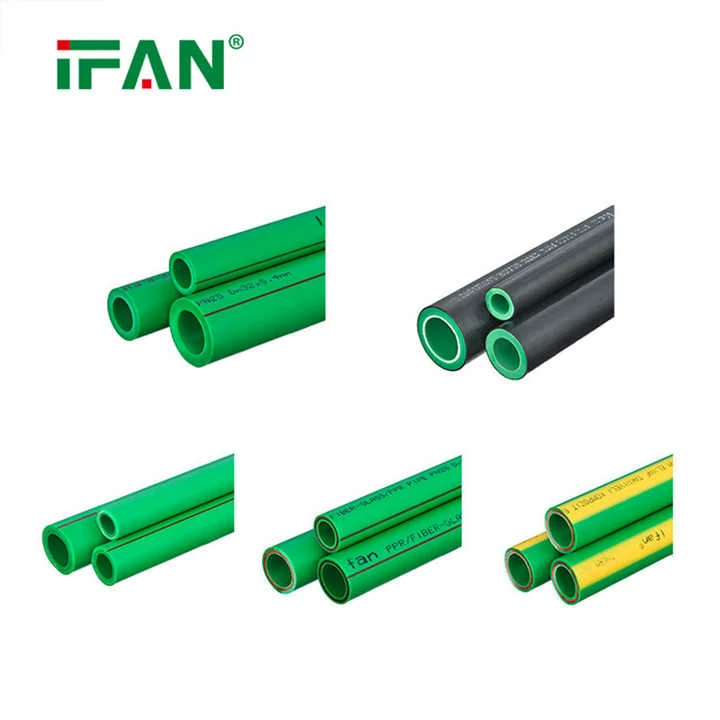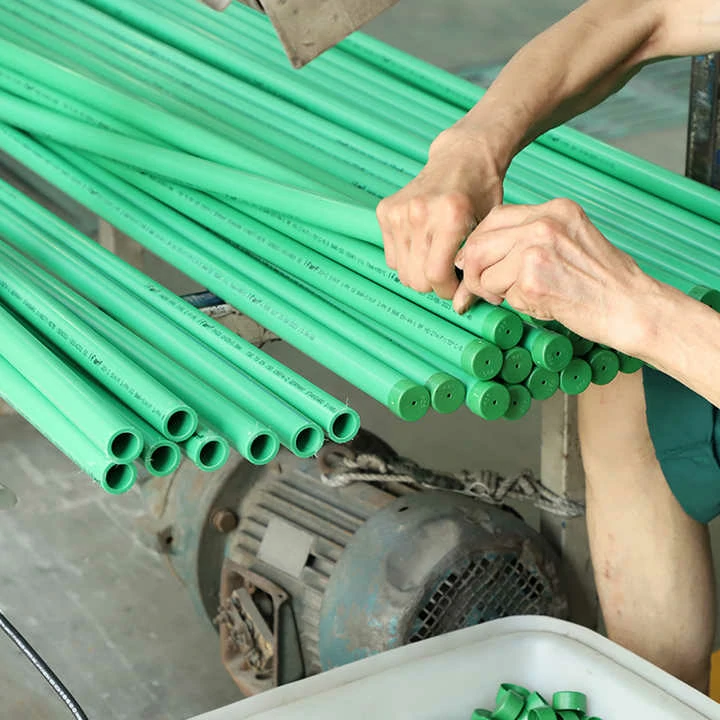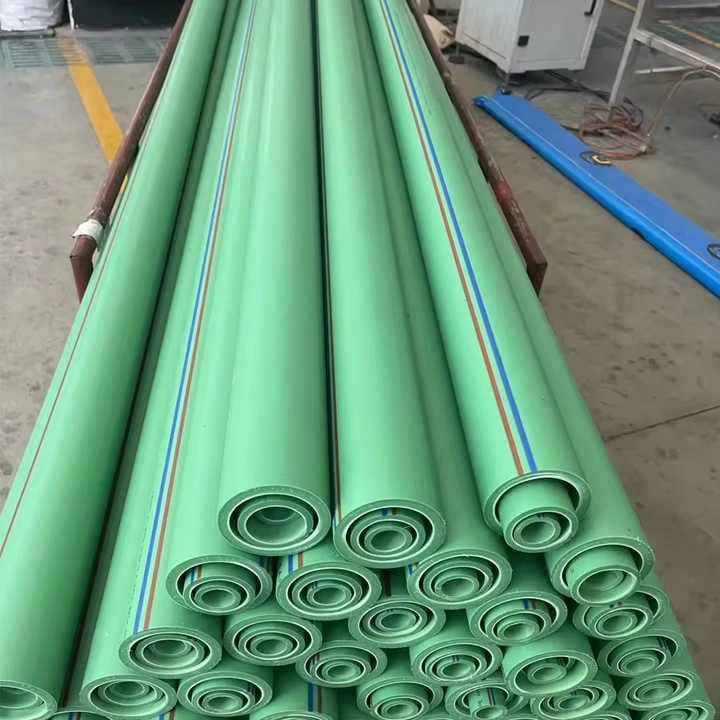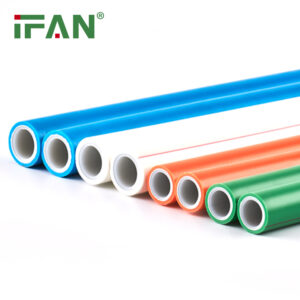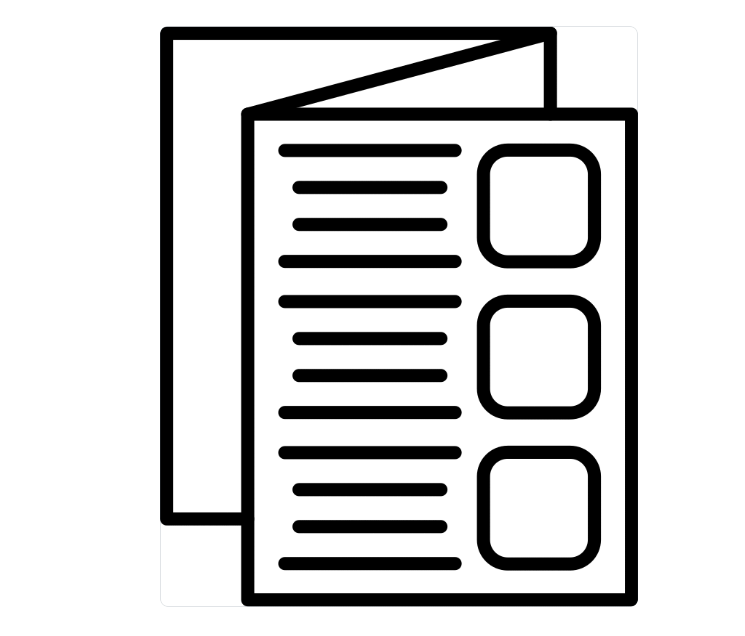Description
Introduction to Copper and PPR Pipes
Copper pipes have been used for decades in plumbing and heating systems. PPR (Polypropylene Random Copolymer) pipes are a modern alternative gaining popularity. Both materials have distinct advantages and limitations. Choosing between them depends on factors like cost, durability, and application.
Durability and Lifespan Comparison
Copper pipes last 50+ years but corrode in acidic water. PPR pipes resist chemical corrosion and scale buildup, lasting 50-70 years. Copper can develop pinhole leaks over time. PPR pipes maintain smooth interiors, preventing mineral deposits.
Installation and Maintenance
Copper requires soldering, increasing labor costs. PPR pipes use heat fusion welding, creating seamless joints. Copper systems need regular checks for corrosion. PPR pipes require minimal maintenance once installed correctly.
Thermal Conductivity and Efficiency
Copper excels in heat transfer, ideal for radiators. PPR pipes have low thermal conductivity, reducing heat loss. For hot water systems, copper heats faster. PPR pipes insulate better in cold climates.
Cost Analysis
Copper is 3-5x more expensive than PP-R pipes. Installation costs are higher due to skilled labor. PPR systems are budget-friendly with faster installation. Long-term savings favor PPR due to lower maintenance.
Health and Environmental Impact
Copper can leach into water in soft water areas. PP-R pipes are BPA-free and non-toxic, ensuring safe drinking water. Copper mining has environmental concerns. PPR is recyclable and energy-efficient to produce.
Pressure and Temperature Resistance
Copper handles high pressure (up to 1000 psi) and extreme temperatures. PP-R pipes work best below 95°C (203°F) and moderate pressure. Burst resistance is higher in copper. PP-R pipes flex under pressure, reducing rupture risks.
Best Applications for Each Material
Copper suits high-temperature heating systems and retrofits. PP-R pipes are ideal for residential plumbing, underfloor heating, and chemical transport. Climate and water quality influence the best choice.
Final Recommendation
Copper remains superior for high-heat, high-pressure systems. PP-R pipes offer cost-efficiency, corrosion resistance, and easier installation. Assess project needs before deciding.
相关产品
- Plastic PPR Pipe
IFAN PPR Water Pipes
- Plastic PPR Pipe
IFAN GB/T 18742 Green PPR Pipes
- PPR Pipe
Reliable PPR Tube
- PPR Pipe
Green PPR Pipe
HAVE ANY QUERIES? SEND TO CONTACTOANTSMACHINE.COM
ONTACT US

